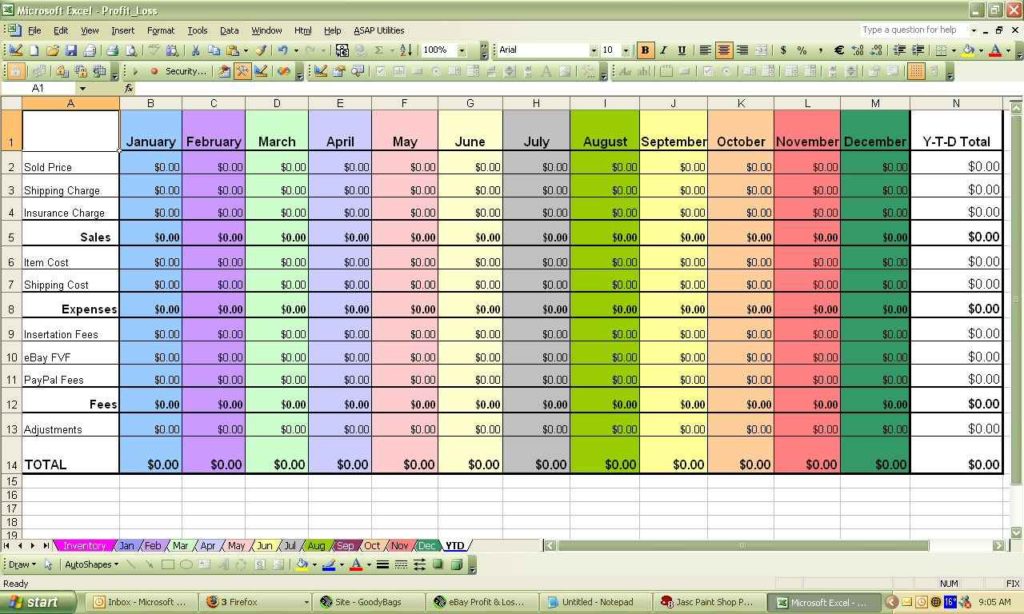Create Your Own Fillable Excel Sheet Easily

Excel spreadsheets are ubiquitous tools in both personal and professional settings, and understanding how to customize them for specific tasks can significantly enhance productivity. In this detailed guide, we'll explore how to create your own fillable Excel sheet, which can be utilized for data collection, project management, financial planning, and much more. Whether you're a beginner looking to learn Excel or an experienced user aiming to optimize your workflows, this post will provide you with step-by-step instructions.
Why Use Excel for Custom Sheets?

Excel offers a versatile platform for data management with features like:
- Data Validation: Ensuring data entered meets specific criteria.
- Formulas and Functions: Performing automatic calculations and data manipulation.
- Formatting: Making data visually appealing and easy to understand.
- Sharing and Collaboration: Enabling multiple users to work on the same file simultaneously.
Preparing to Create Your Sheet

Before you dive into Excel, consider:
- Define the Purpose: What do you need the sheet for? Is it for tracking sales, managing inventory, or another purpose?
- Plan the Layout: Sketch or visualize how you want your data to be organized.
- Gather Data: If applicable, have your data or information ready for input.
Step-by-Step Guide to Creating a Fillable Excel Sheet

1. Open Excel and Start a New Workbook


Upon opening Excel, either start a new blank workbook or select a template that closely matches your needs.
2. Setting Up the Sheet Layout

Plan your layout by considering:
- Column Headers: Define what each column will represent.
- Row Headers: If applicable, decide what each row signifies.
- Data Entry Areas: Allocate spaces where data will be entered manually.
3. Data Validation for Controlled Input

Use data validation to control what users can input:
=IF(A1=“Input”,“Input Data Here”,A1)
🎯 Note: The above formula demonstrates conditional formatting based on the value in cell A1.
4. Adding Formulas

Incorporate formulas to automate calculations:
| Formula | Function |
|---|---|
=SUM(B2:B10) |
Sum the values from B2 to B10 |
=AVERAGE(C1:C10) |
Calculate the average of the range C1:C10 |
=IF(A1>100,“Pass”,“Fail”) |
Conditional text based on a value in A1 |

5. Formatting for Clarity and Appeal

Enhance the visual appeal and readability:
- Table Styles: Use Excel’s pre-set table styles.
- Conditional Formatting: Highlight cells based on criteria.
- Font and Color: Adjust for visual emphasis.
6. Protecting Sensitive Data

To protect your sheet from unintended changes:
Tools > Options > Security > Protect Sheet
🔐 Note: Password protection can be added for an extra layer of security.
7. Sharing and Collaboration

Set up sharing options:
- Allow multiple users to edit simultaneously.
- Use Excel Online for real-time collaboration.
8. Testing and Validation

Before finalizing, test your sheet:
- Check formulas for accuracy.
- Ensure all validation rules work as intended.
Creating a custom, fillable Excel sheet provides numerous advantages, from automating data entry to ensuring data integrity. By following the steps outlined above, you can tailor Excel to meet your specific needs, making it an invaluable tool for various applications. The key is to approach this with a clear plan, utilizing Excel's powerful features effectively to streamline your work processes.
Can I share my Excel sheet with non-Excel users?

+
Yes, you can share your Excel sheet with non-Excel users. Excel Online allows for web-based viewing and editing, or you can save files in formats like PDF or CSV which can be opened by most office suites.
How do I prevent errors when users enter data?

+
Using data validation is key. Set up rules that limit the type of data entered, ensuring that only appropriate data can be inputted into cells. Additionally, you can use formulas to highlight or prevent entry of incorrect data.
What are the best practices for collaborating on an Excel sheet?
+Here are some best practices:
- Use Excel Online or OneDrive for real-time collaboration.
- Set permissions to control what others can do with the file.
- Regularly save changes to avoid data loss.
- Use cell comments or track changes to communicate modifications.
- Keep versions of the file for rollback if needed.